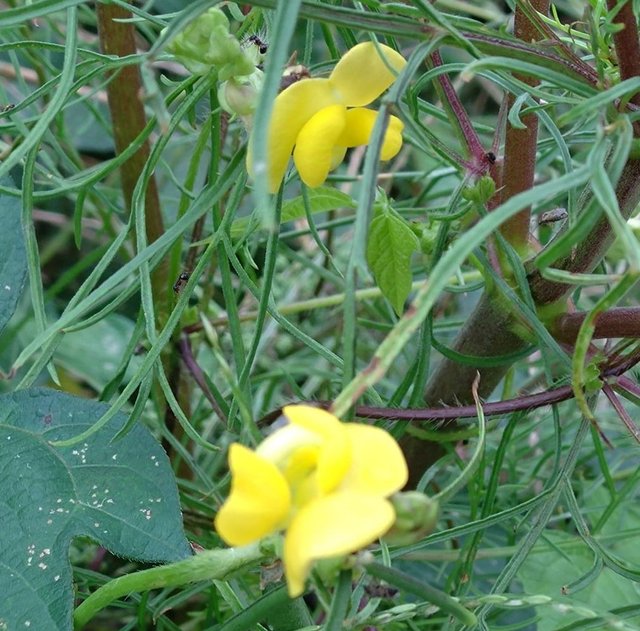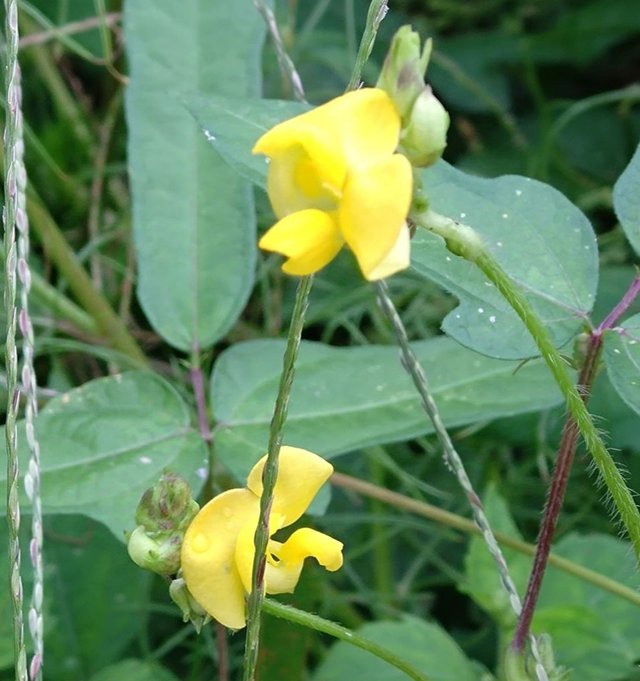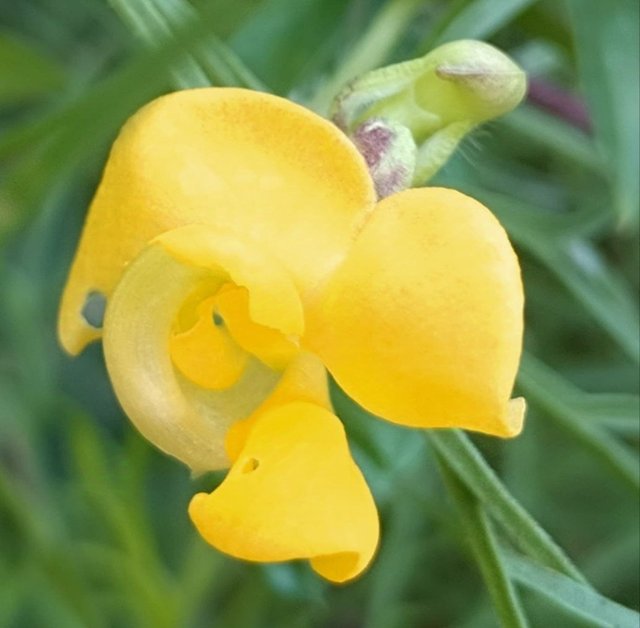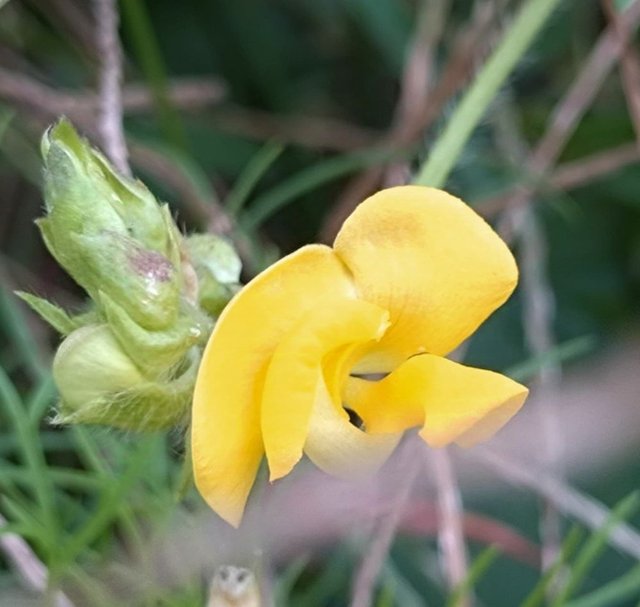Vigna Luteola So Amazing
Vigna luteola: A Comprehensive Overview
Introduction to Vigna luteola
Vigna luteola, commonly known as the Hairy Cowpea or Wild Cowpea, is a perennial leguminous plant found primarily in tropical and subtropical regions. It belongs to the Fabaceae family, which includes peas, beans, and other legumes. This plant is renowned for its adaptability to diverse environments, from wetlands to dry coastal dunes, and plays a significant role in ecosystems as well as in human activities, particularly in sustainable agriculture and conservation.
Botanical Description
Vigna luteola typically manifests as a climbing or trailing vine, characterized by a slender, flexible stem. The plant can grow up to several meters long, forming dense mats or climbing onto surrounding vegetation for support. The leaves are trifoliate, meaning they are divided into three distinct leaflets, which is a common feature among legumes. These leaflets are generally ovate or lanceolate in shape, with a prominent central vein, and they may have a slightly hairy texture, hence the name "Hairy Cowpea."
The flowers of Vigna luteola are perhaps its most striking feature. They are small, yellow, and papilionaceous, which means they resemble the shape of a butterfly, as is typical of many plants in the Fabaceae family. The flowers appear in clusters, each on a short stalk, and bloom primarily during the warmer months. Once pollinated, these flowers develop into elongated pods that contain several seeds, which are typically dark brown or black when mature.
Habitat and Distribution
Vigna luteola has a broad ecological range, thriving in both freshwater and saline environments. Its natural habitat includes coastal regions, riverbanks, marshes, and wet savannas. This adaptability to a wide variety of habitats makes Vigna luteola particularly resilient in the face of environmental stressors such as drought or salinity.
Geographically, the plant is native to tropical and subtropical regions of the Americas but has since spread to other parts of the world. It is commonly found in regions such as the southern United States, Central and South America, Africa, Southeast Asia, and the Caribbean. Its ability to tolerate high salinity makes it particularly suited for coastal environments, where it often plays a crucial role in stabilizing sand dunes and preventing soil erosion.
Ecological Importance
Vigna luteola is a keystone species in many of the ecosystems it inhabits. As a legume, it forms symbiotic relationships with nitrogen-fixing bacteria in its root nodules. This means that Vigna luteola can convert atmospheric nitrogen into a form that plants can absorb, enriching the soil with essential nutrients. In ecosystems where nitrogen levels are low, this process is vital for maintaining soil fertility and supporting other plant species.




Thanks For Reading
Device Information
| Device | Redmi Note 10 Pro |
|---|---|
| Lens | 64 mp |
| Location | Bangladesh |
